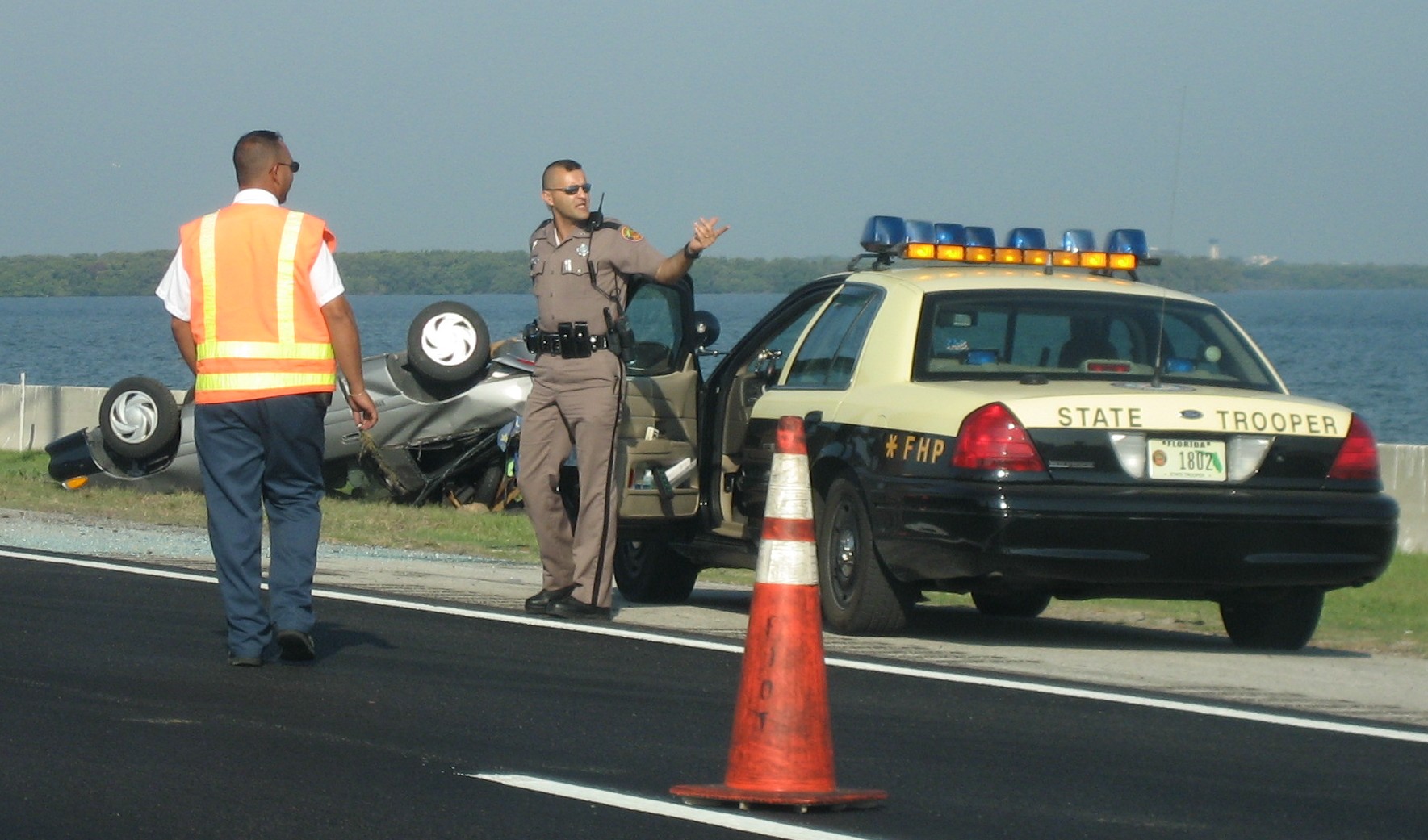 Aggressive driving is a serious problem on U.S. roadway, that jeopardizes the safety of drivers and other road users. In addition to fatalities and injuries caused by aggressive driving, this risky driving behavior inflicts massive economic costs to society, with the National Safety Council estimating them to be just over $40 billion a year. This is why preventing aggressive driving is key for improving traffic safety, but it’s a difficult issue to resolve, since it has to do with a driver’s mental attitude and a specific psychological state a driver may be in at a given moment, which may include being under stress, frustrated, irritation, or impatience.
Aggressive driving is a serious problem on U.S. roadway, that jeopardizes the safety of drivers and other road users. In addition to fatalities and injuries caused by aggressive driving, this risky driving behavior inflicts massive economic costs to society, with the National Safety Council estimating them to be just over $40 billion a year. This is why preventing aggressive driving is key for improving traffic safety, but it’s a difficult issue to resolve, since it has to do with a driver’s mental attitude and a specific psychological state a driver may be in at a given moment, which may include being under stress, frustrated, irritation, or impatience.
A group of researchers at the Universidad Politecnica de Madrid (UPM), tried to tackle the problem by creating a system that can detect signs of risky driving behavior and help prevent speeding, tailgating, or running red lights, which are some of the most common forms of aggressive driving. They have developed a new model that monitors various driving parameters that can be used to detect symptoms of aggressive driving, primarily speed and acceleration. The model was tested in real-world driving situations with empirical data and was found to be 92% effective.
According to the report released by the researchers from the Technical University of Madrid, each year, about 1.3 million people die, and 50 million are injured in traffic accidents worldwide, and are the leading cause of death for people between the age of 15 and 29. The economic costs of car crashes are estimated at 500 million Euros a year. The vast majority of accidents, or 70%, are caused by a human error caused by risky behaviors such as speeding and reckless driving.
What these statistics suggest is that in order to improve road safety, driver behavior needs to be changed, and the UPM researchers say that it can be achieved by monitoring and characterization of the way people drive, so that potentially dangerous driving situations and a warning about a risk of accident can be issued. The research conducted at the Applied Mathematics for Information Technology and Communications Department of the High School of Telecommunications Engineering of UM shows that reckless driving behaviors can be detected by just monitoring speed and acceleration, without distracting the driver. Researchers say that these types of systems can be integrated into smartphones in the future, which will help reduce the risk of accidents considerably.
Statistics show that aggressive driving has increased over the last couple of years, which has been attributed to increased congestion in urban areas, along with reduced enforcement and poor road conditions. Aggressive driving incidents can be avoided by practicing defensive driving and improving safe driving skills, but raising public awareness of the consequences of this risky behavior is also vital.